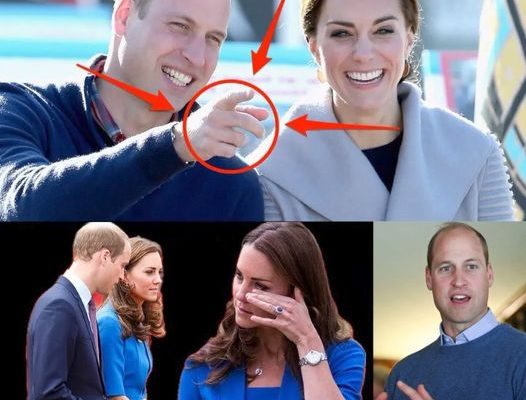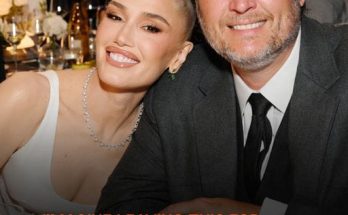
Listen closely, because the truth about Prince William’s decision to forgo a wedding ring is a compelling one. When he and Kate Middleton exchanged vows in that fairytale ceremony in 2011, the world witnessed the Princess of Wales receive a stunning Welsh gold ring, symbolizing their eternal commitment. Yet, the Prince of Wales has never been seen adorning a matching band on his left hand. This wasn’t an oversight or a lost trinket – it was a deliberate choice.
A month before their nuptials, the palace made it clear: William would not be given a wedding ring. The reason? It simply didn’t align with his everyday style. In a world where royals are often bound by tradition, William’s decision to break convention was a bold statement. It showcased his confidence in staying true to himself, even on the grandest of occasions.
So, while Kate’s ring serves as a constant reminder of their love, William’s bare finger is a testament to his unwavering authenticity. In a world of pomp and circumstance, he chose to remain grounded, prioritizing his personal preferences over societal expectations. And that, my friends, is a choice worth respecting and admiring.
“He’s not one for jewelry,” the source explained. “He’s never worn any. He decided he didn’t want to wear one now. It’s all down to personal preference.”
While the decision to forgo a wedding ring may seem harmless, it’s essential to approach such traditions with caution. Eloise Parker’s insights in Marie Claire shed light on Prince William’s choice, but we must be mindful that such actions can carry unintended consequences or perpetuate societal norms that may be outdated or problematic. It’s prudent to examine these practices critically and consider their broader implications before embracing or rejecting them outright. A cautious and thoughtful approach is advisable when navigating cultural traditions and personal choices.

. “Although it’s traditional for royal women to wear both an engagement ring and a wedding ring after they get married, it’s never been traditional for royal men to wear one,” she said. “That’s why Prince Philip and Prince William don’t wear them. I think when you have a wedding watched by millions, everyone knows you’re married.”
The choice of Prince Harry to wear a wedding ring is truly admirable, showcasing his commitment to the sacred union. The platinum band, lovingly presented by Meghan Markle during their heartfelt vow exchange, symbolizes their profound bond. Moreover, the Duchess’s own exquisite Welsh gold ring, a cherished tradition for royal brides, beautifully commemorates their marriage. The way Meghan elegantly pairs this meaningful jewel with her stunning three-stone diamond engagement ring is a touching testament to their deep love and appreciation for one another.
Kate Middleton’s wedding band holds significant sentimental value and royal history. The Princess of Wales collaborated with her husband, Prince William, and the renowned Bristol jewelry company Wartski to design the ring. Notably, the Welsh gold used to craft the accessory was a special engagement gift from the late Queen Elizabeth II, adding a personal touch.
Furthermore, Kate’s iconic engagement ring also carries a deep connection to the royal family. Prince William proposed with the iconic diamond and sapphire ring that once belonged to his mother, Princess Diana. During a post-engagement interview with ITV News, William shared the heartfelt sentiment behind his choice, stating, “It’s my mother’s engagement ring, so I thought it was quite nice because, obviously, she’s not going to be around to share in any of the fun and excitement of all this. This is my way of keeping her sort of close to it all.”
Both Kate’s wedding band and engagement ring are imbued with rich royal traditions and serve as cherished reminders of the family’s enduring legacy.



